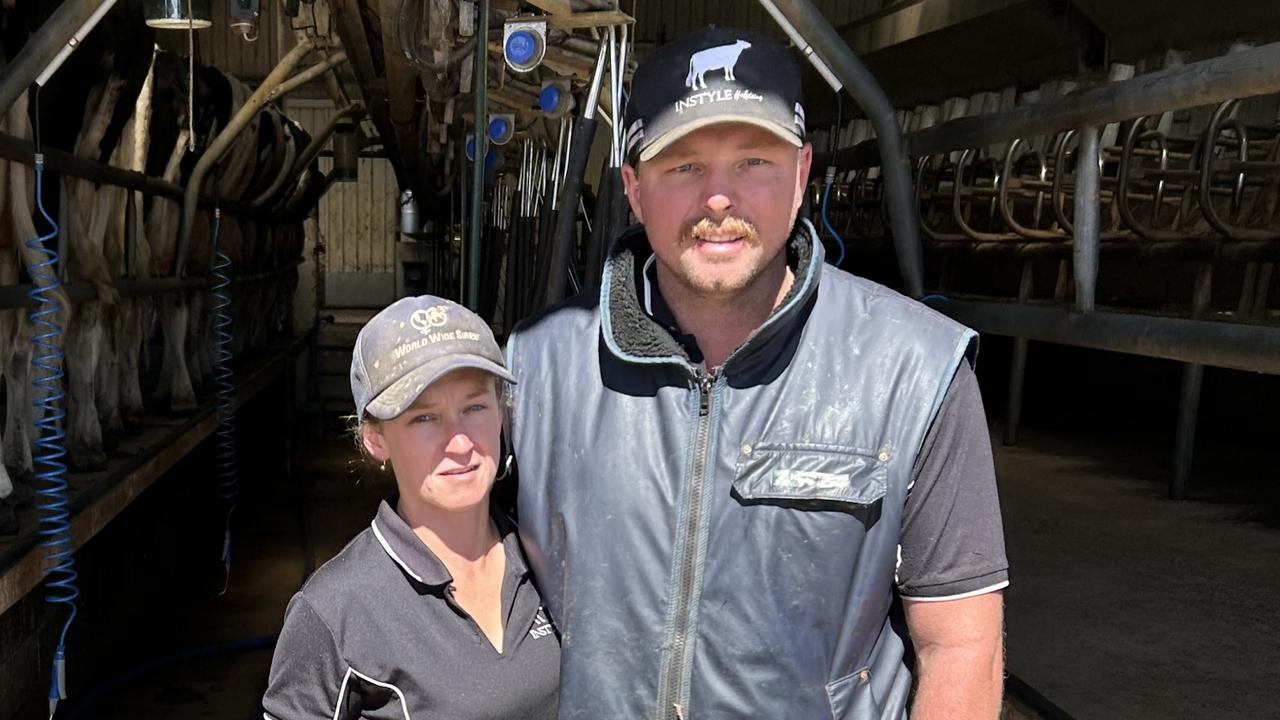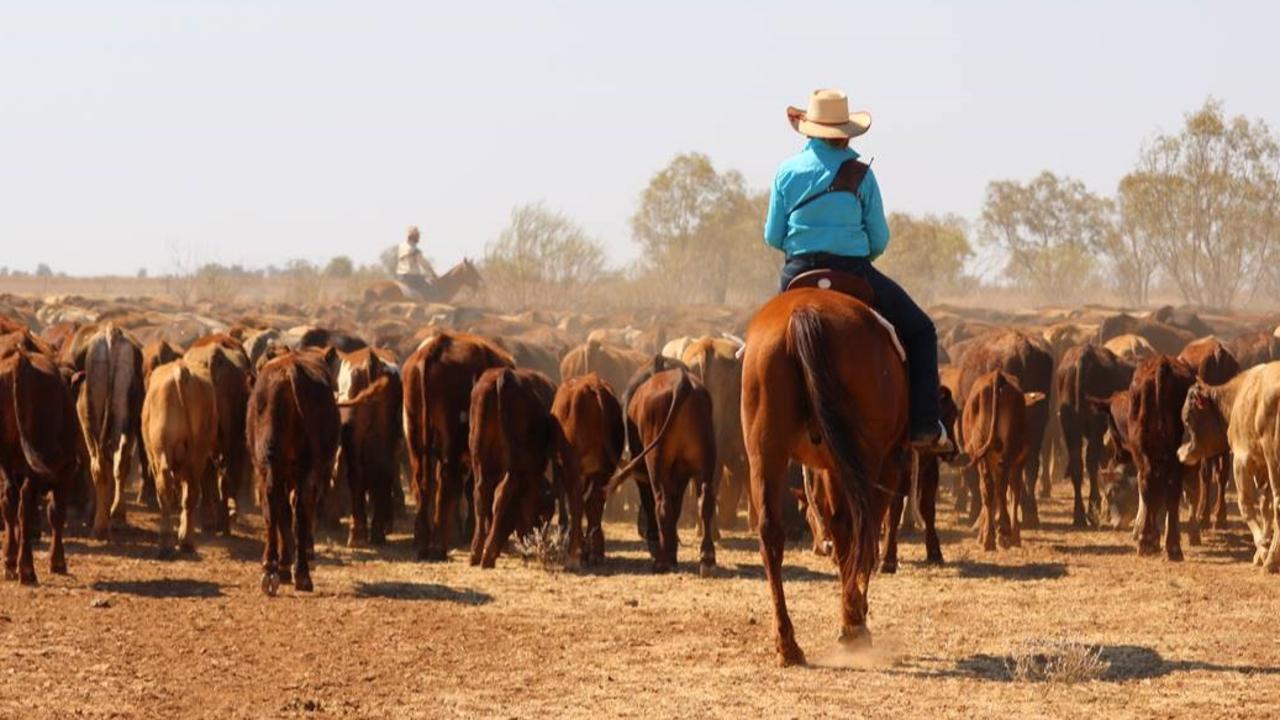Big picture energy plans not helping on-farm transition
Despite a big-money commitment to farming by the Albanese government, industry leaders hold concerns over incentives for clean on-farm energy.
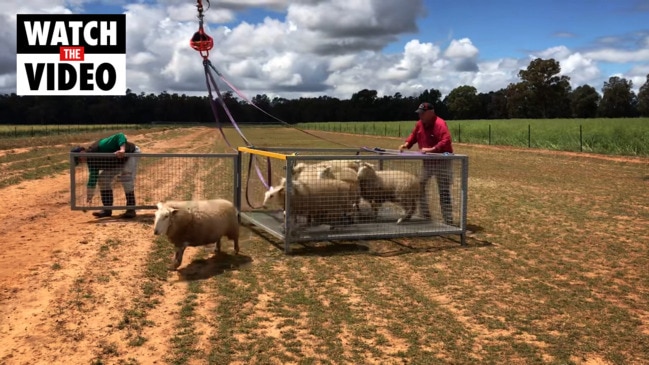
The Albanese Government has committed $302 million for the farm sector toward climate-friendly agricultural techniques, but industry leaders say producers have not been fully incentivised to transition to clean on-farm energy infrastructure.
The $302 million will be delivered under the Natural Heritage Trust over 5 years from 2023, but there is nothing in the pot to encourage micro solutions and help individual farmers switch from proven practices to relatively unproven technology.
Farmers as a rule are keen to improve their carbon footprints and leverage the economic benefits of sustainable infrastructure, but the biggest blockers remain expensive start-up capital costs and a knowledge gap created by an uncertainty over what to implement.
Meanwhile, Federal Agriculture Minister Murray Watt told The Weekly Times that he has tasked his department to “look into what we as a government can do to entice more renewable use in the ag sector.”
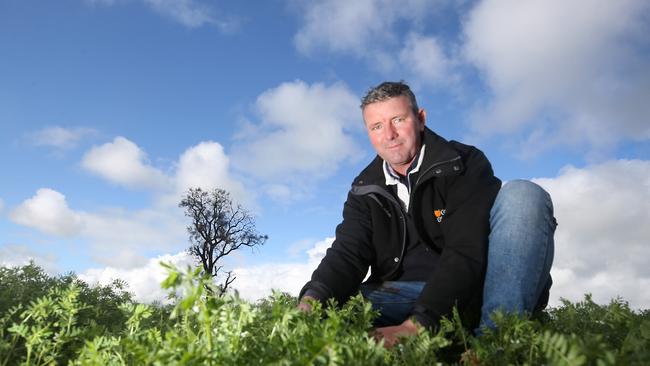
Grain Growers Ltd Chair Brett Hosking said current government schemes are ”not quite connecting with the grower”.
“We’d all like to skip along to the end but the measuring and accounting is important. Growers are innovative people and will find solutions, but first we need to understand exactly where emissions are being created on farms so we are tackling things that will make a real difference,” he said.
“There is an element of risk in applying new technology, and then some things may reduce emissions but be a net loss for the grower. If we have a government willing to invest and share that burden, growers may be more ambitious in attempting to reduce their carbon footprints.”
Agriculture is the world’s biggest business and produces a third of all greenhouse gas emissions, which is why it finds itself under increasing pressure from retailers, consumers and government to reduce that output.
However, farmers feel they are falling through the cracks of big picture government policy intent on creating a national sustainability foundation but not assisting individual producers make the energy infrastructure transition.
Professor Frank Jotzo, Director of the Australian National University’s Centre for Climate and Energy Policy, said Australia’s policymakers needed to approach on-farm emissions with a more consistent and comprehensive set of policies.
“The agriculture sector is a large source of emissions which are not coming down and where there are not any significant attempts to bring about a change in trend through advanced technologies, through more carbon efficient agriculture and through product mix as well,” he said.
“And neither the federal or state governments have addressed that in any meaningful way yet.”
According to the National Farmers’ Federation agriculture reduced its greenhouse gas emissions intensity by 63 per cent between 1996 and 2016.
Victorian Farmers Federation president Emma Germano said the array of sustainable on-farm energy options had become “a very commercial space”.
“Rebates, assistance and low interest loans are all well and good, but we still have to be able to work out the best solution on farms,” she said.
United Dairyfarmers of Victoria president Mark Billing said farmers running energy-intensive operations wanted independent advice from government as how best to make the switch.
“There’s solar panels, shifting off the grid, wind, battery technology, hybrid systems are starting to appear. We want to be sustainable but we need reliable and sustainable supply,” he said.
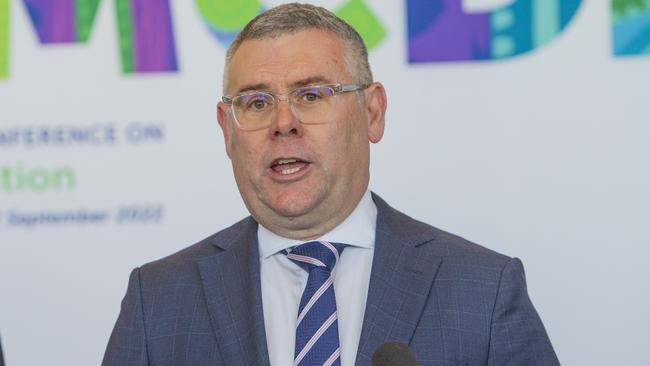
Federal Agriculture Minister Murray Watt said the Government is committed to developing a sustainable agriculture sector by investing in farm practices that contribute to emissions reductions, build market access and support environmental outcomes.
“I have tasked my department to look into what we as a government can do to entice more renewable use in the ag sector,” he said.
“We want to support producers to explore renewable sources of energy because we know this will help reduce rising on-farm input costs.
“The Government is dedicated to managing carbon emissions consistently with the net zero by 2050 goal. The contribution of Australia’s agriculture sector is essential to achieving this whole of economy commitment.
“Funding will support increased adoption of farming practices that reduce emissions.”



